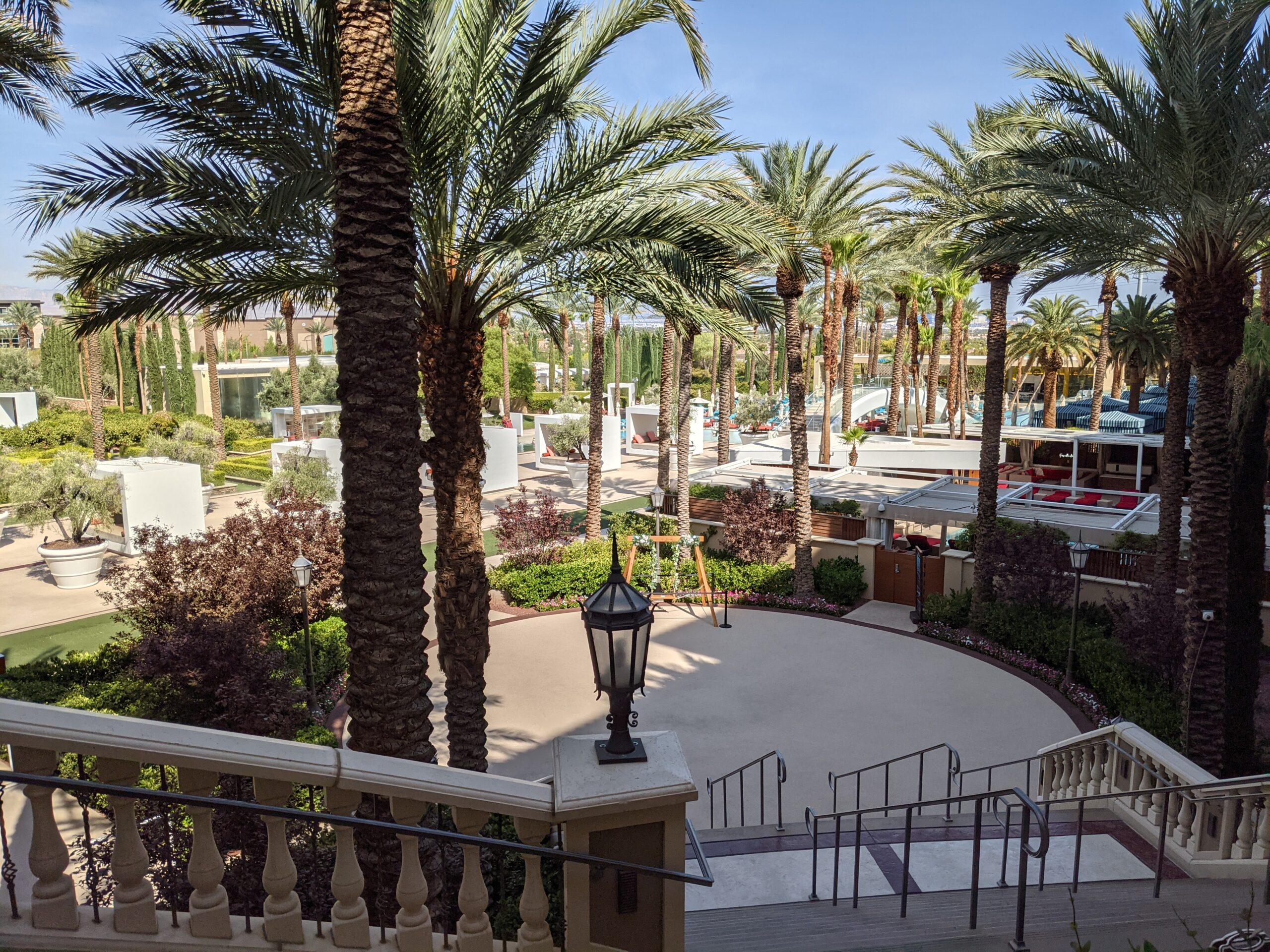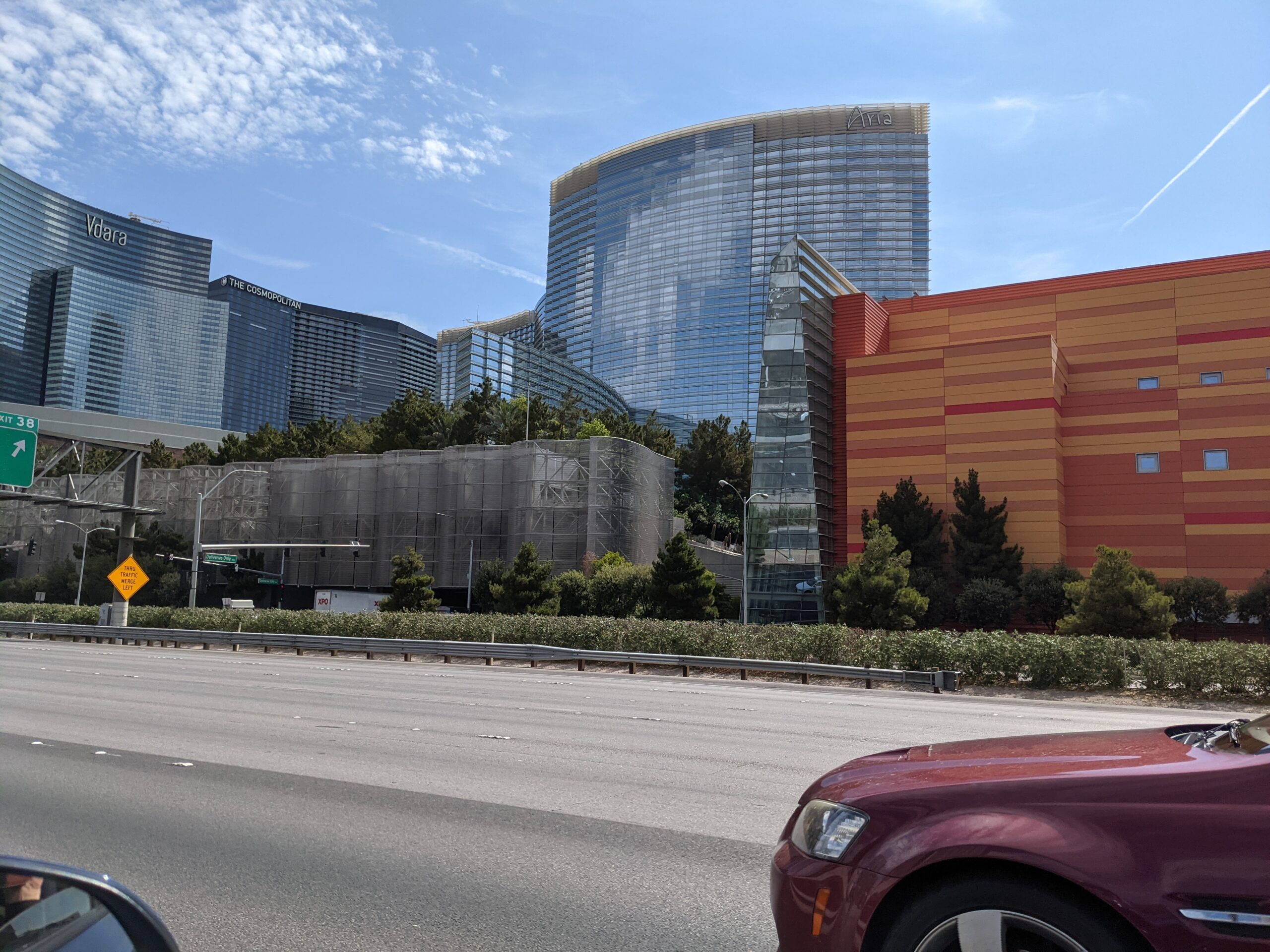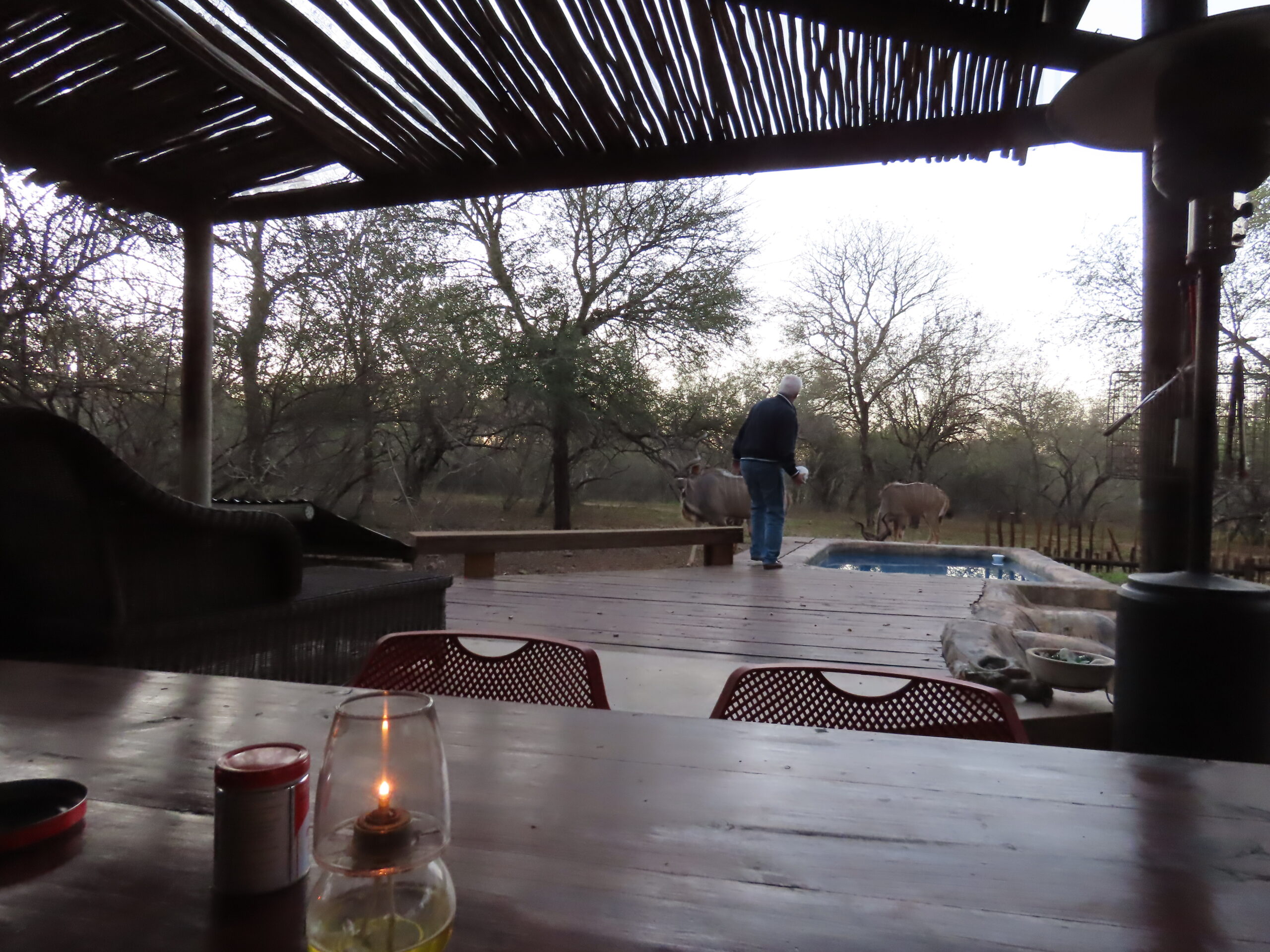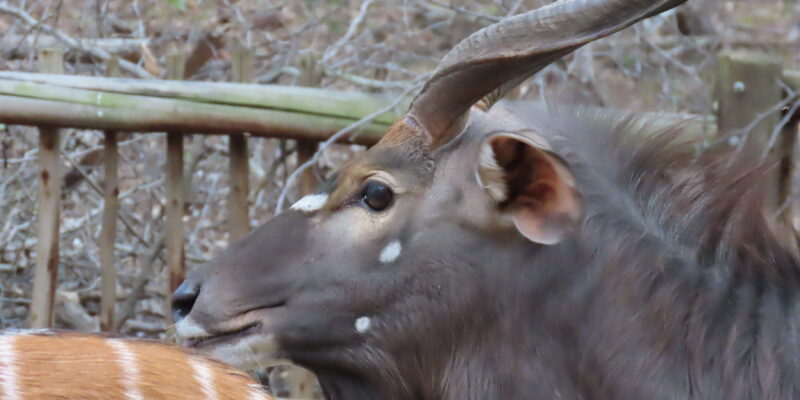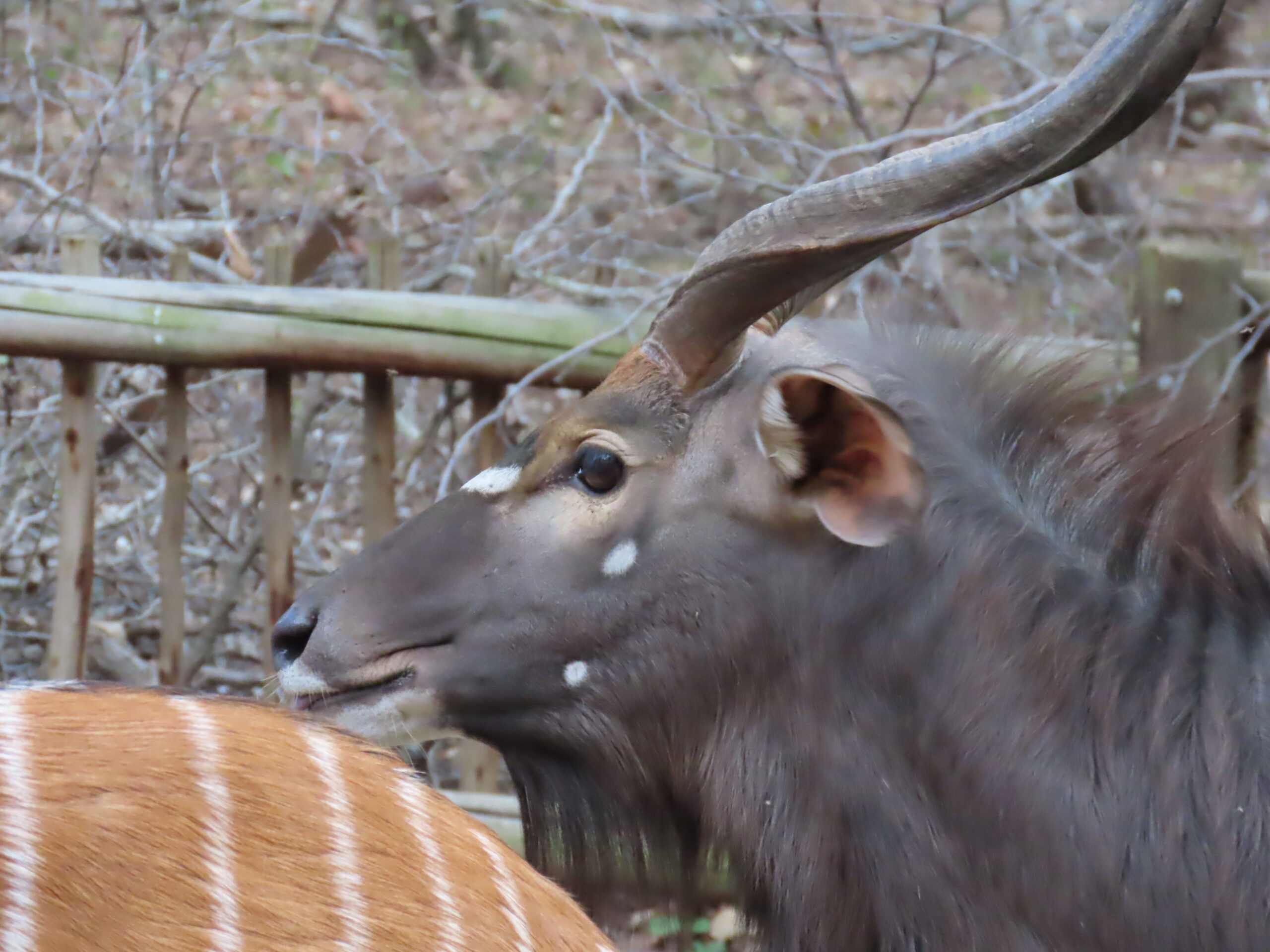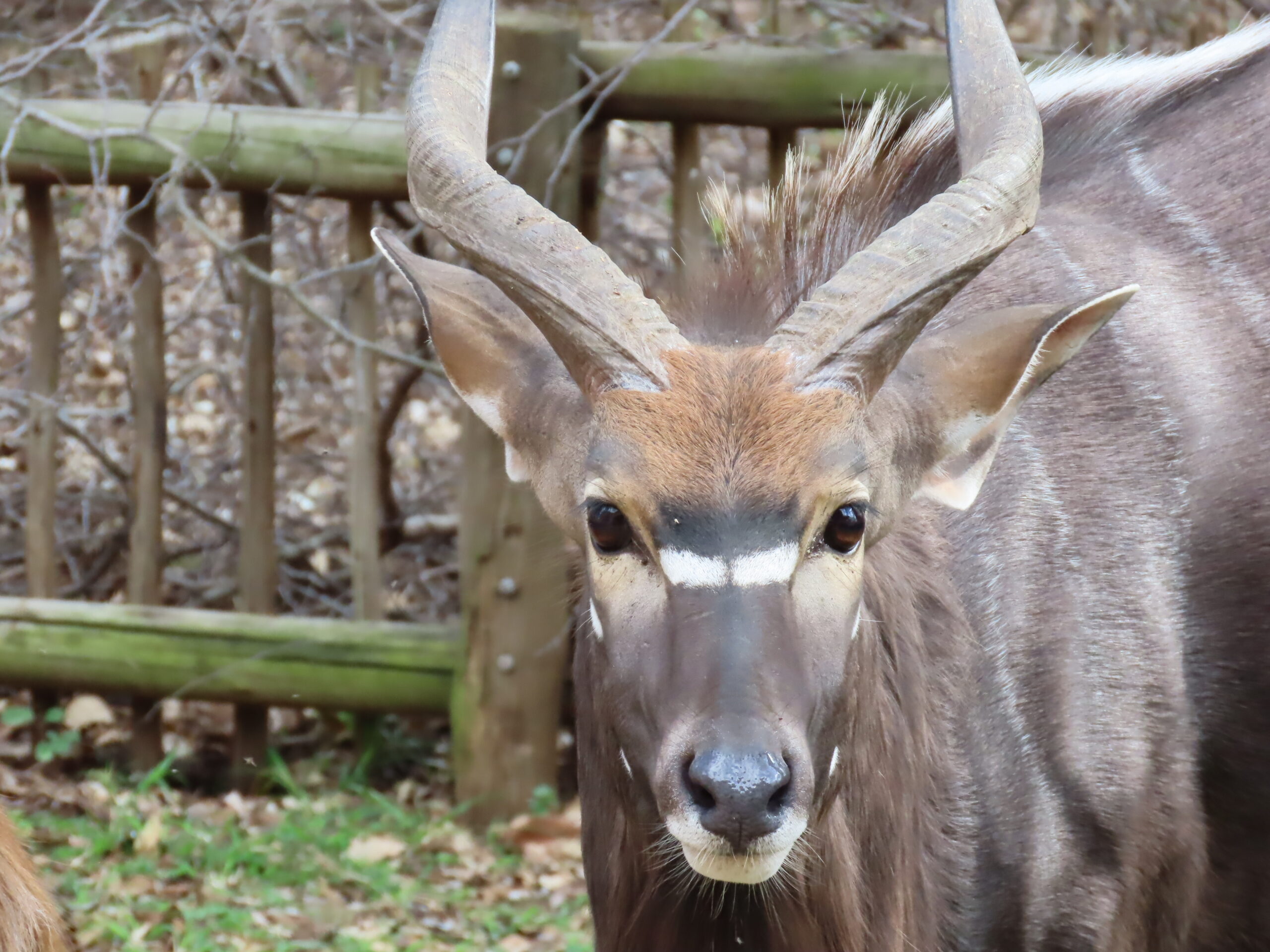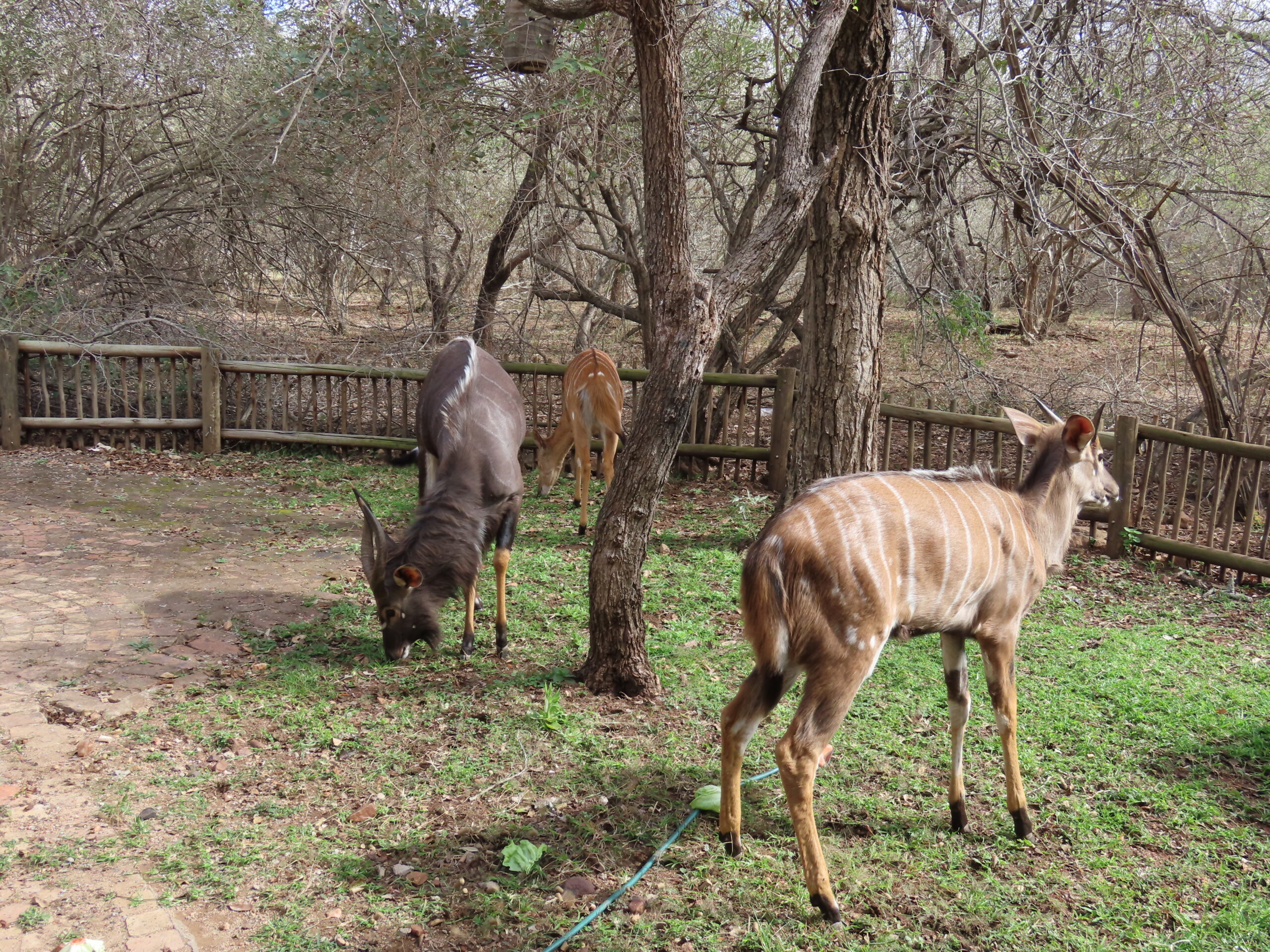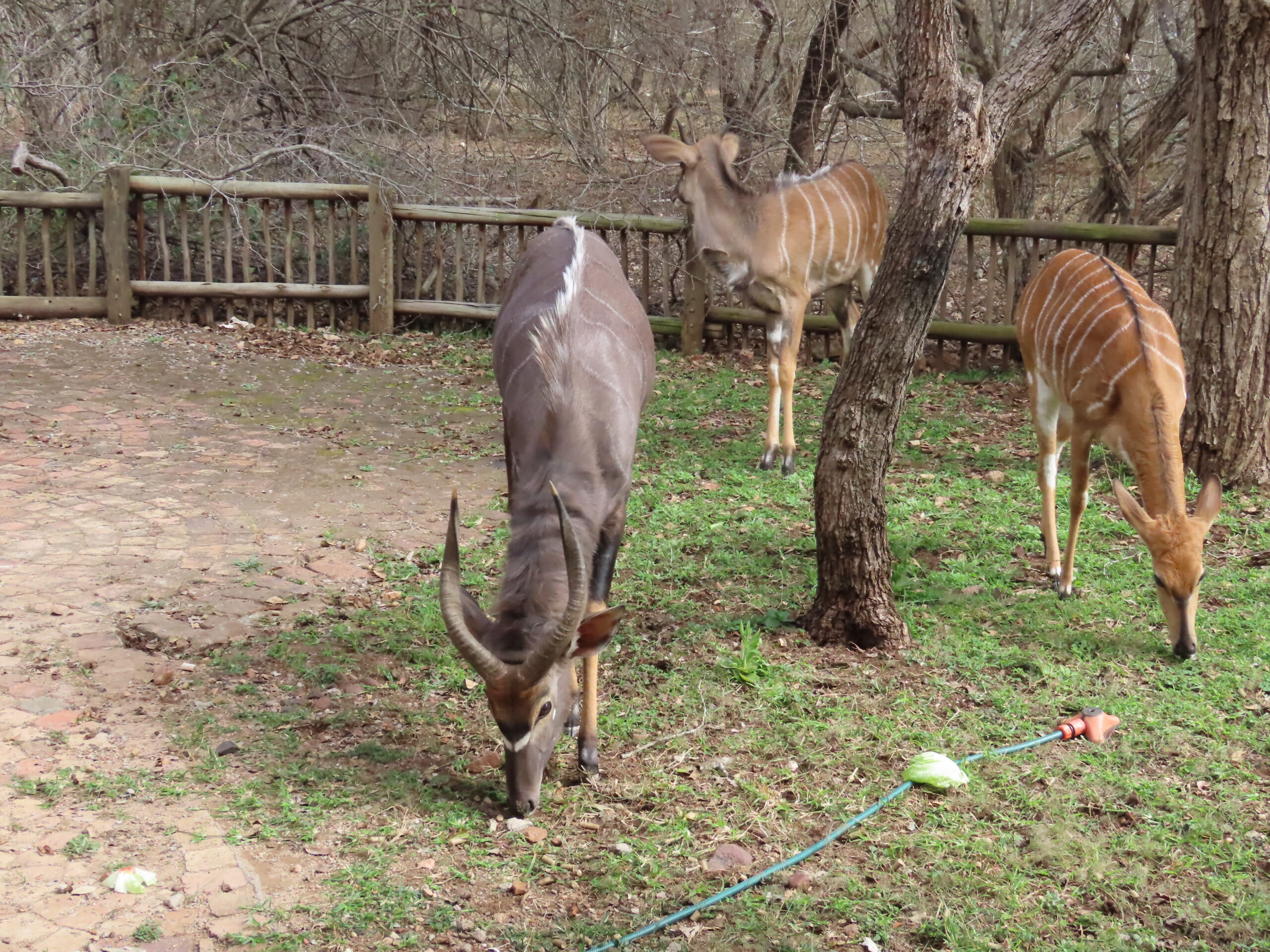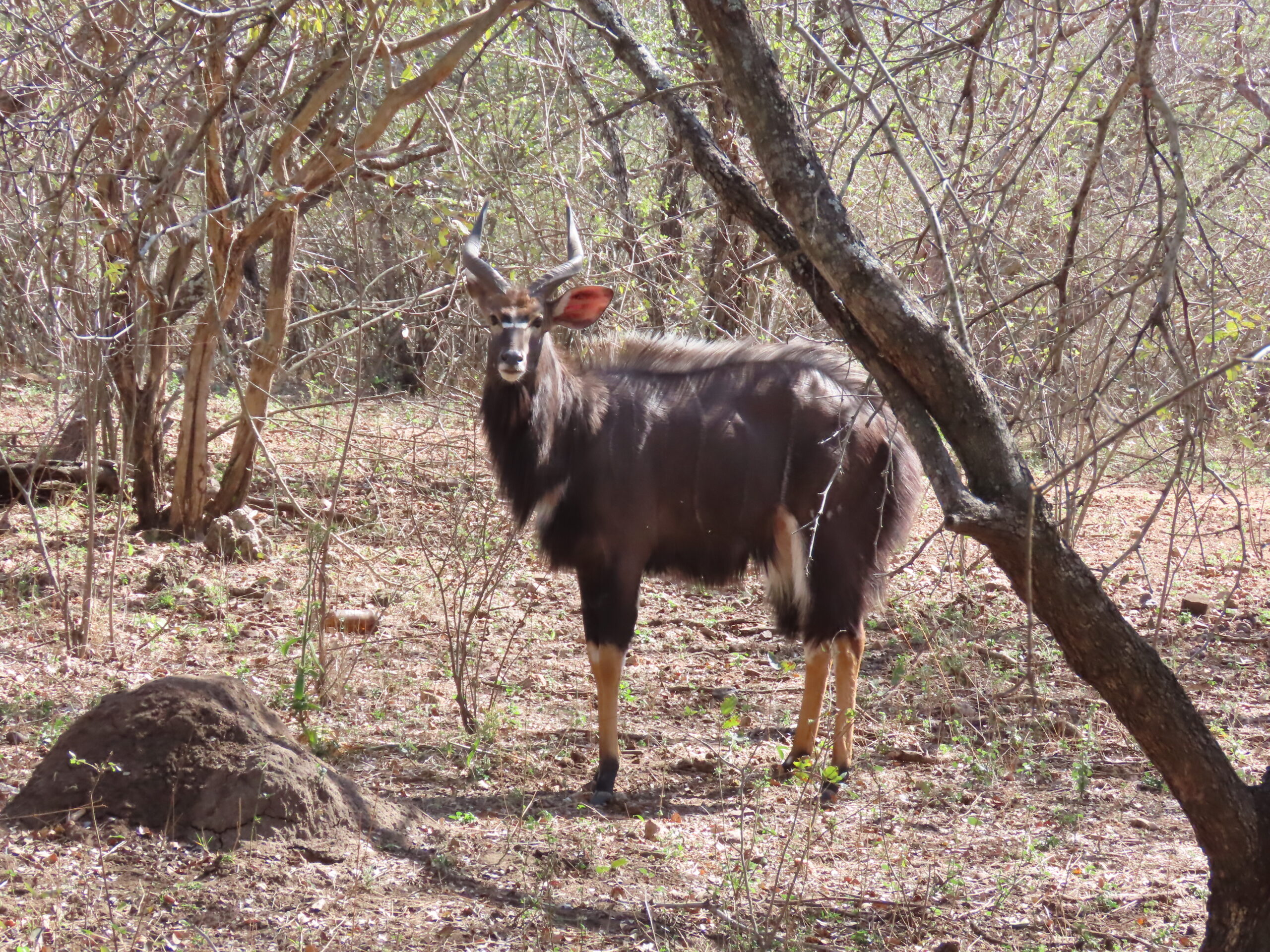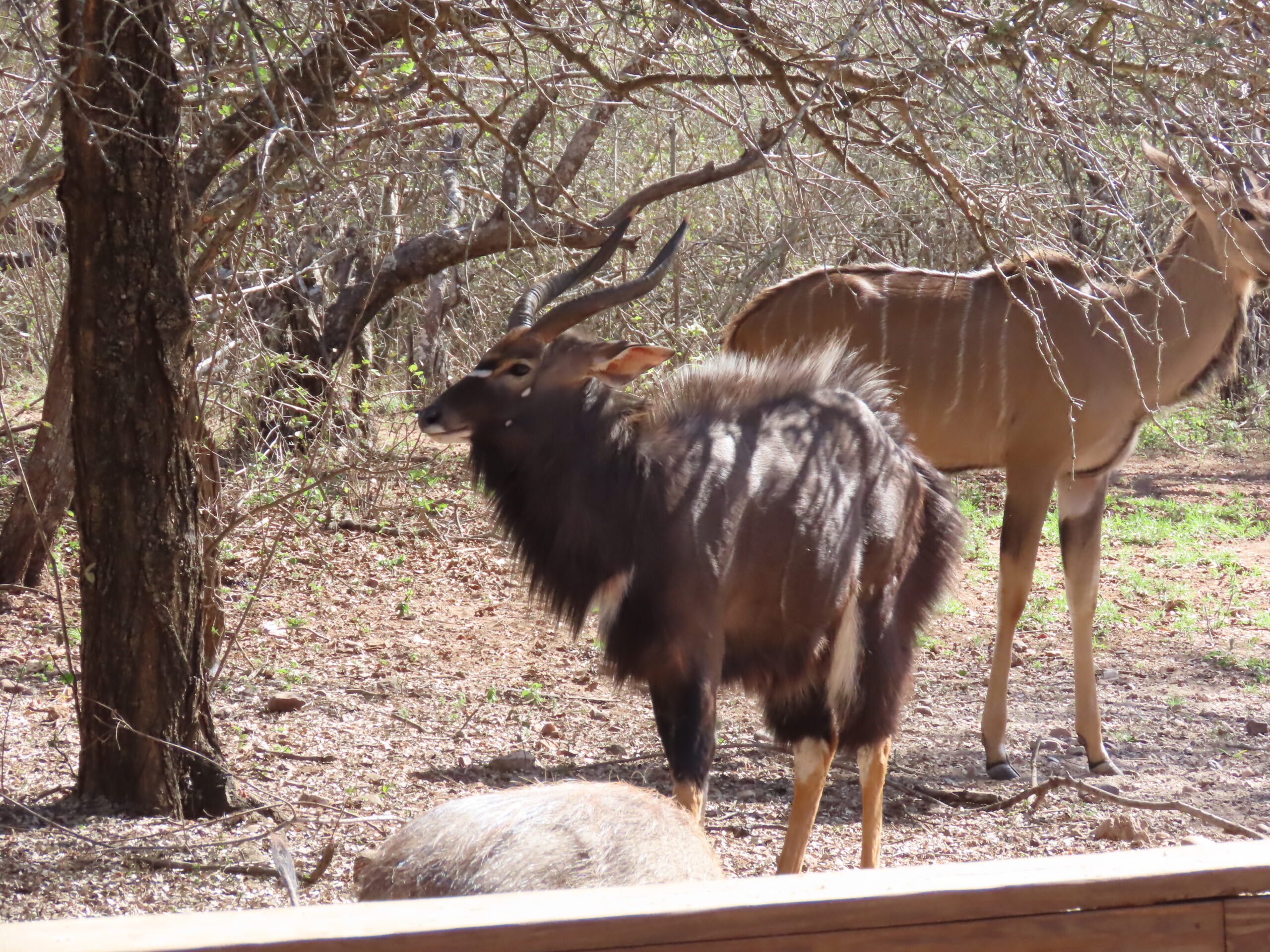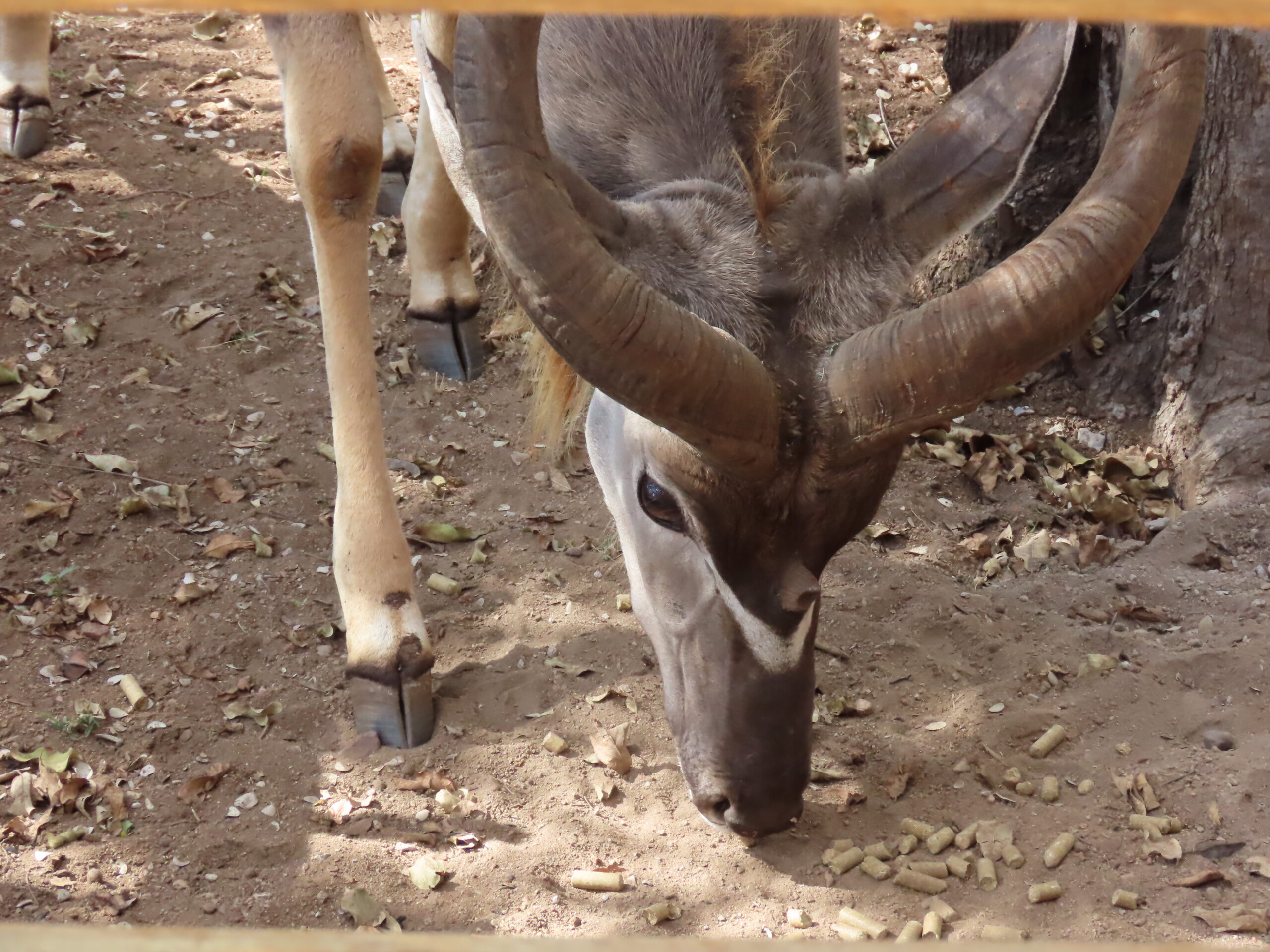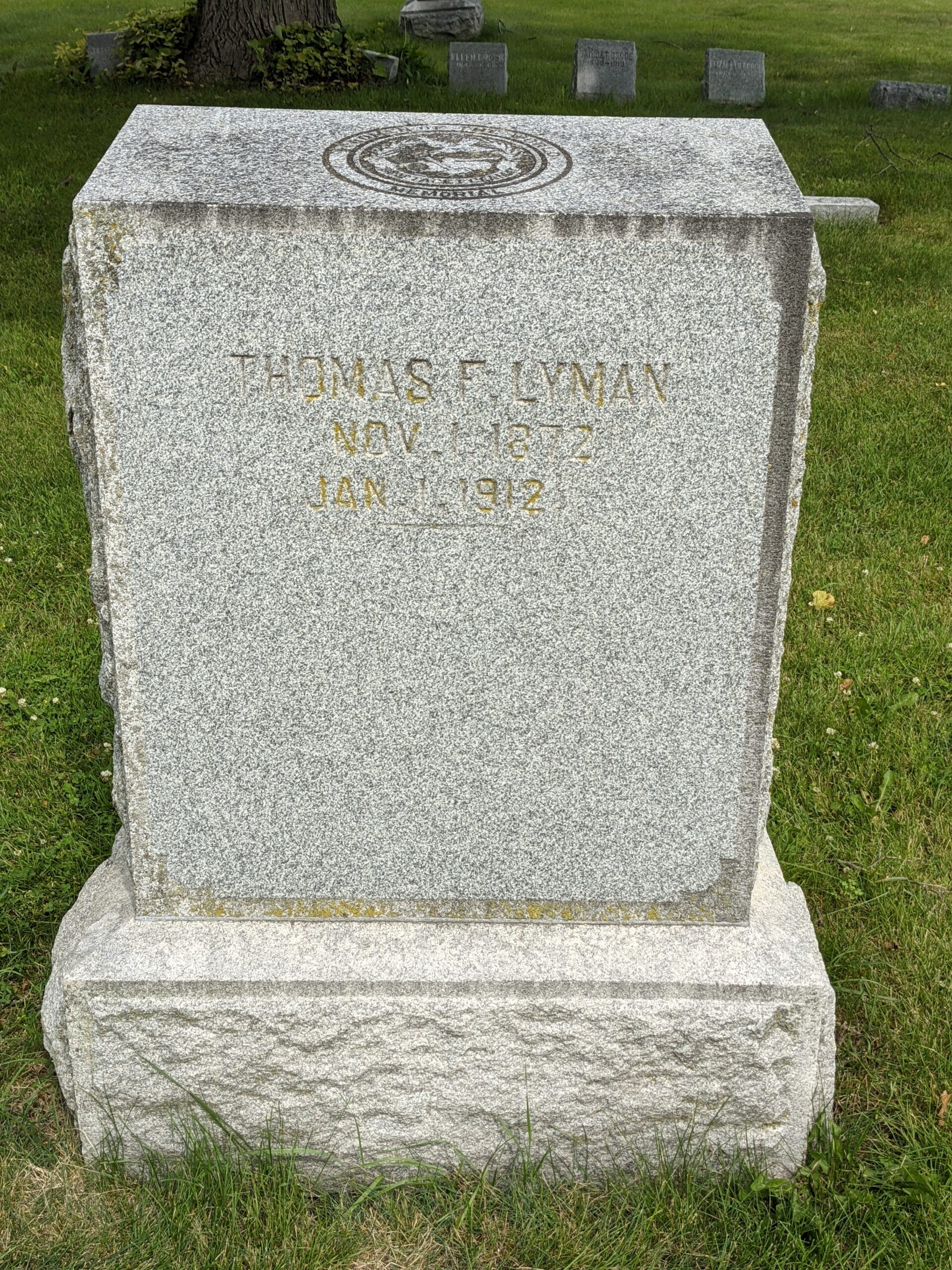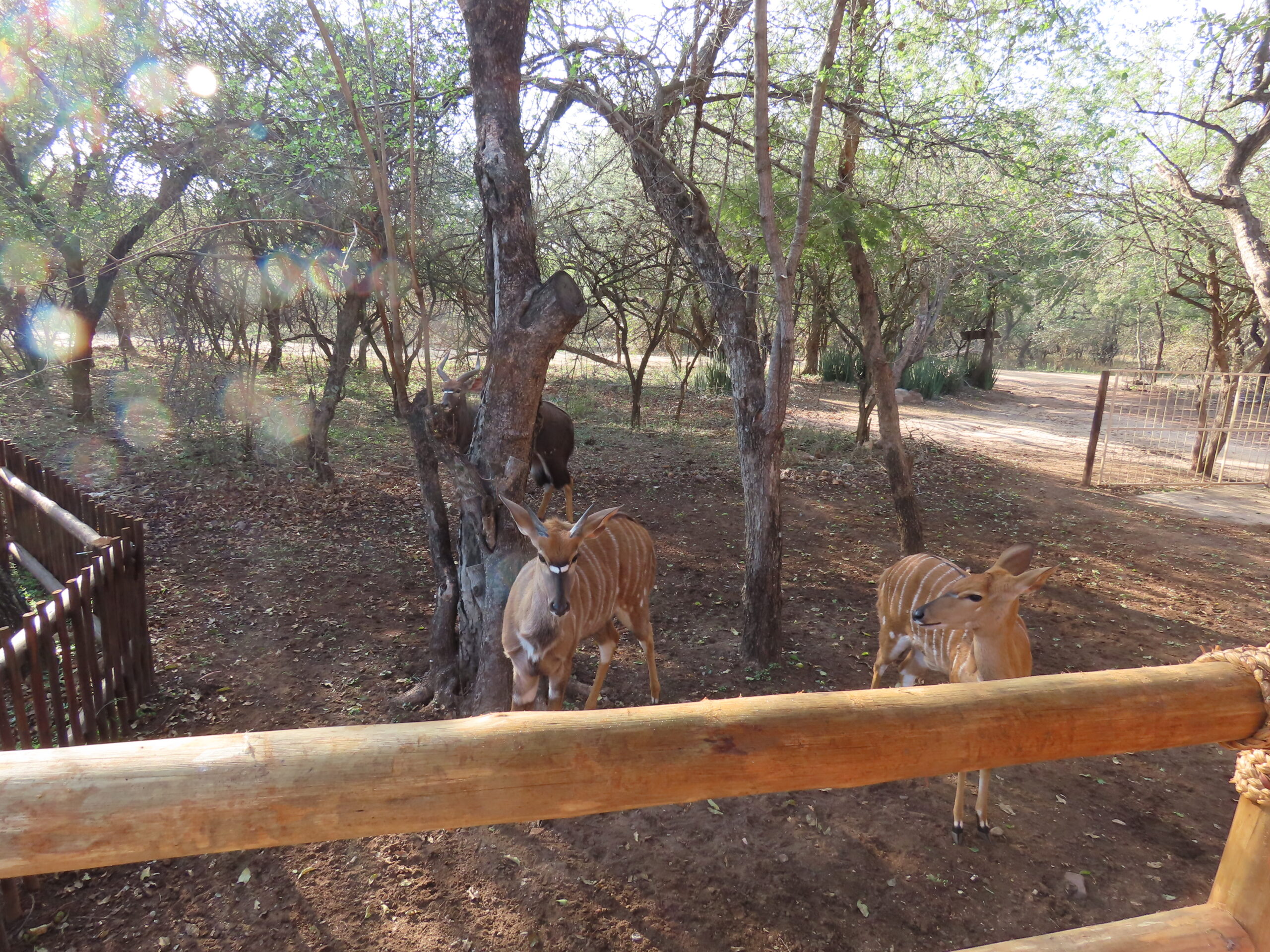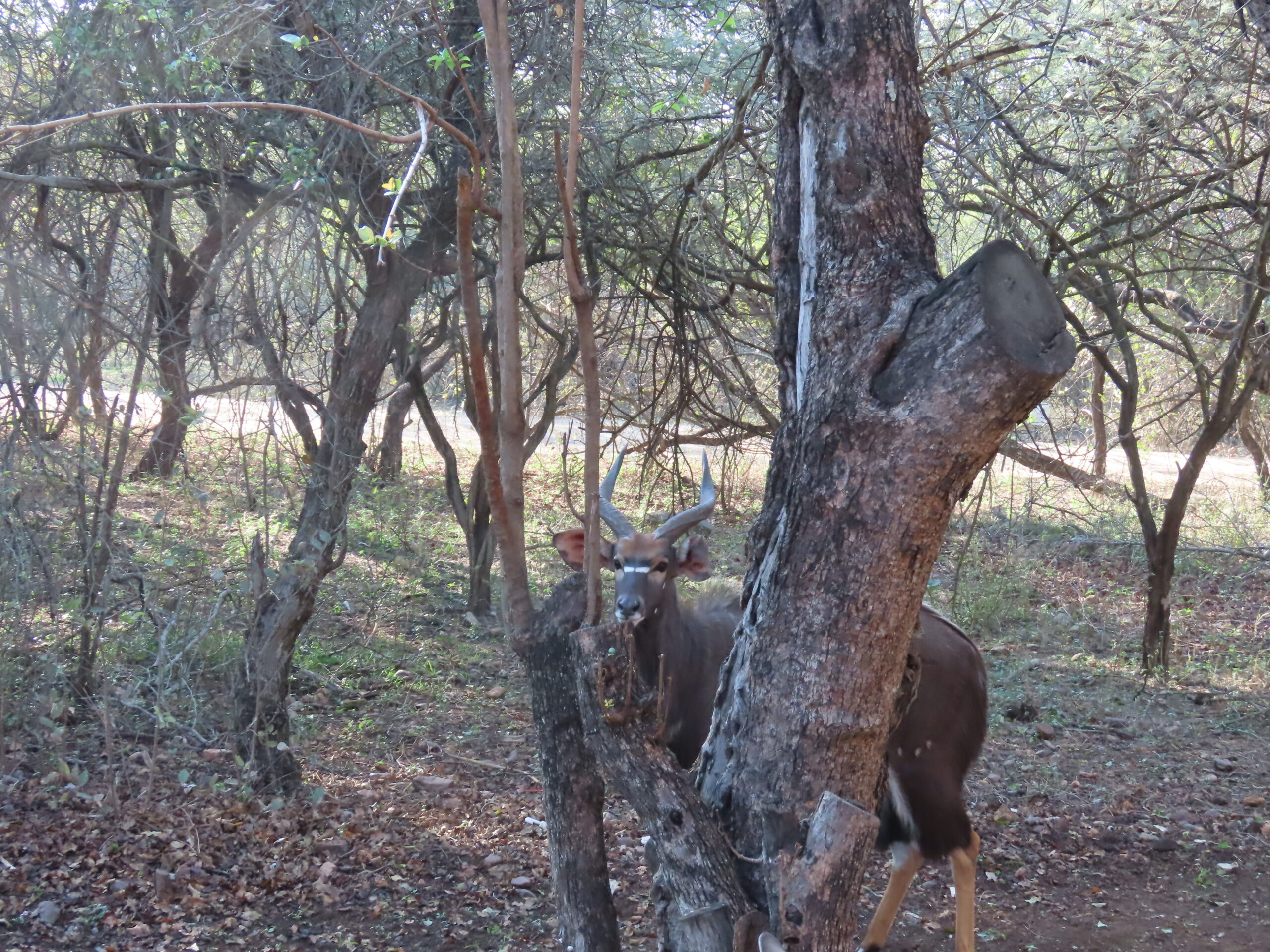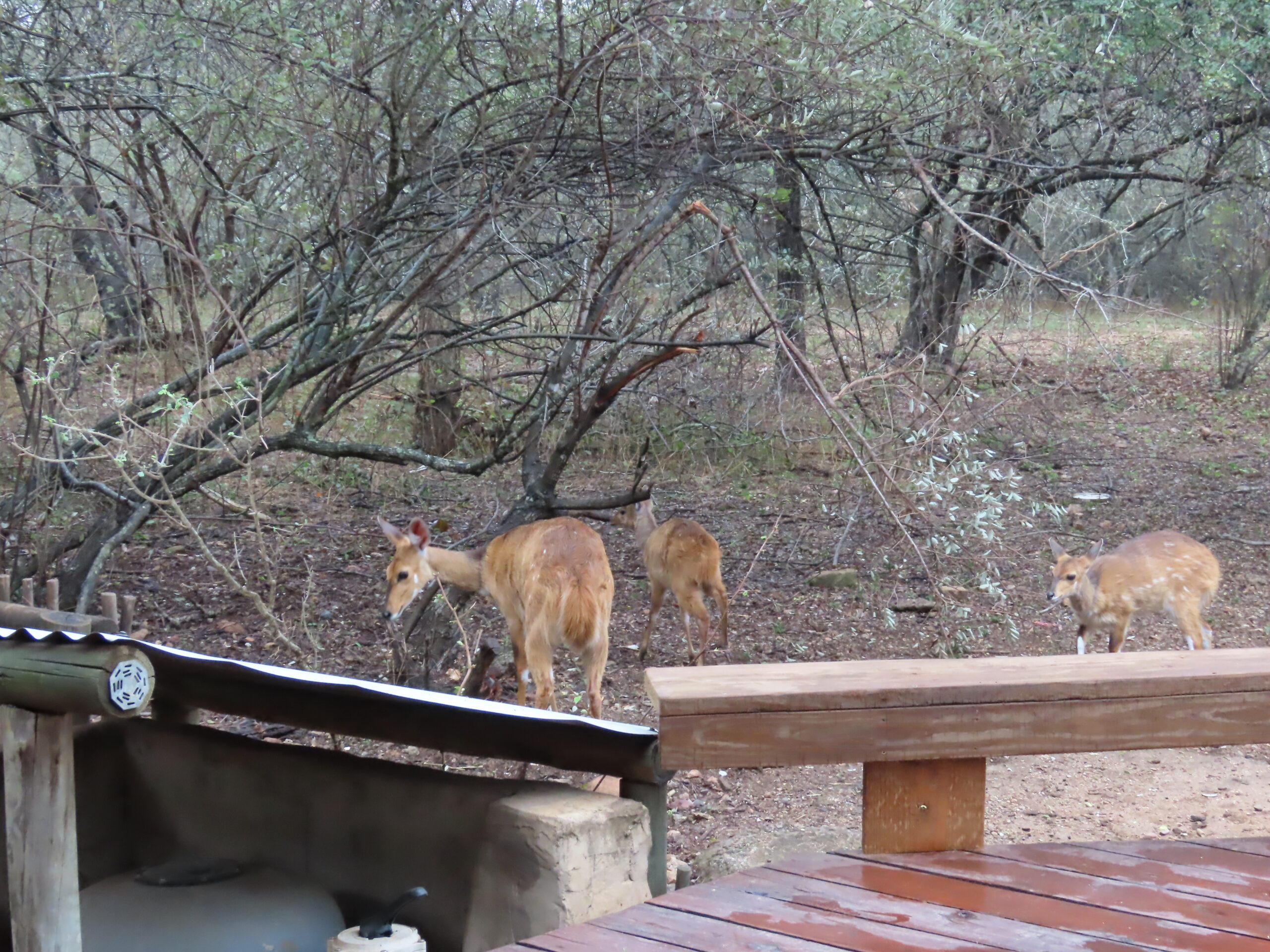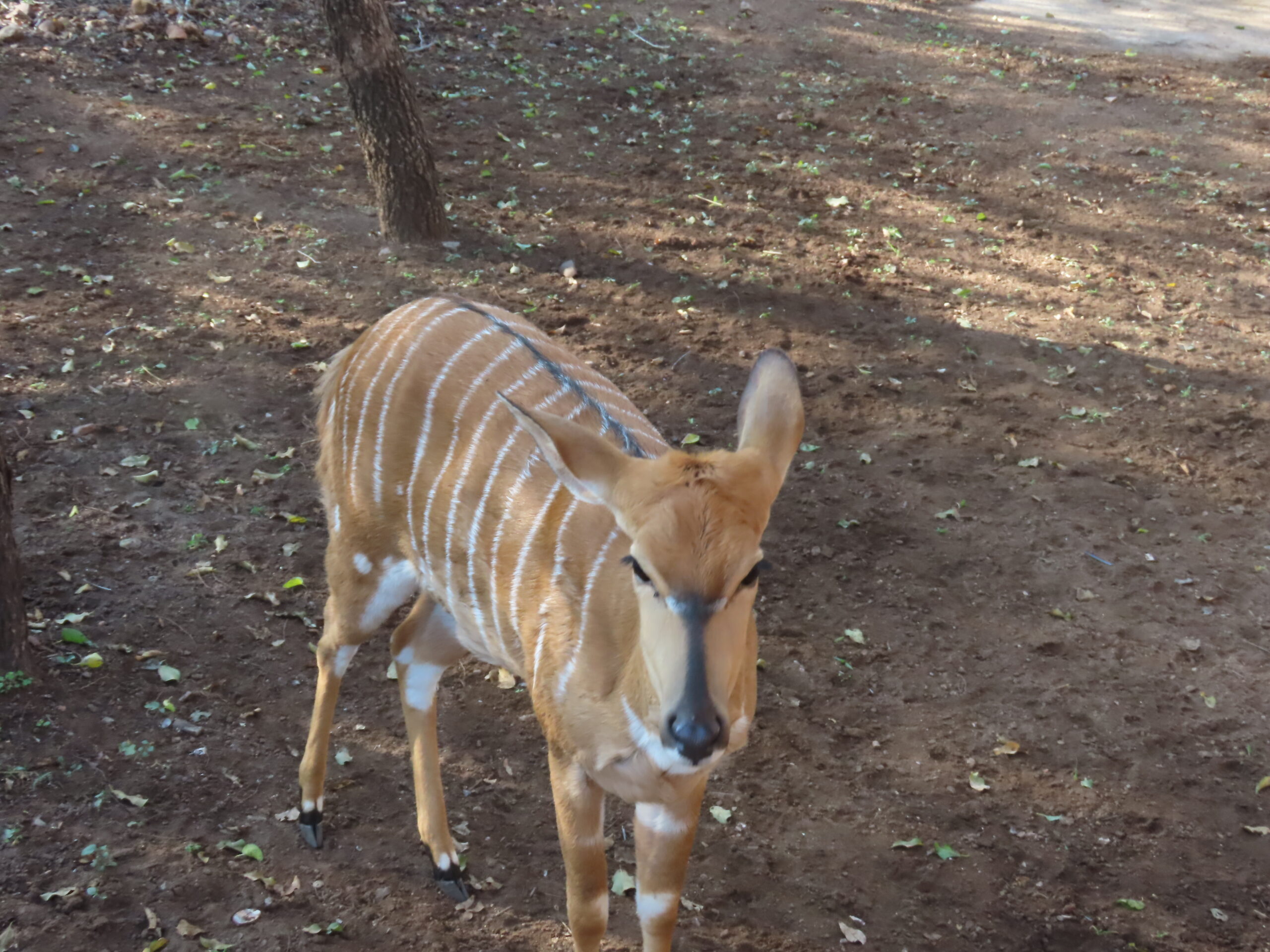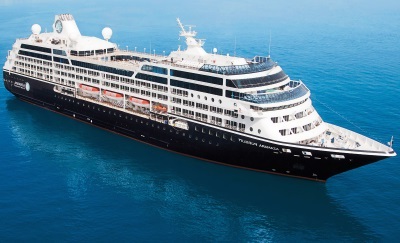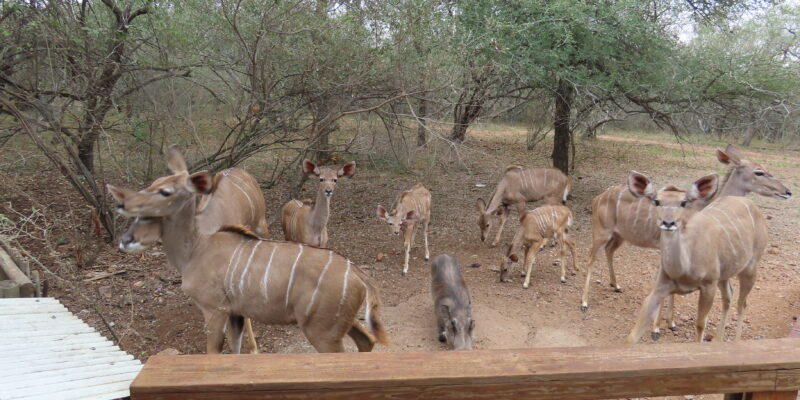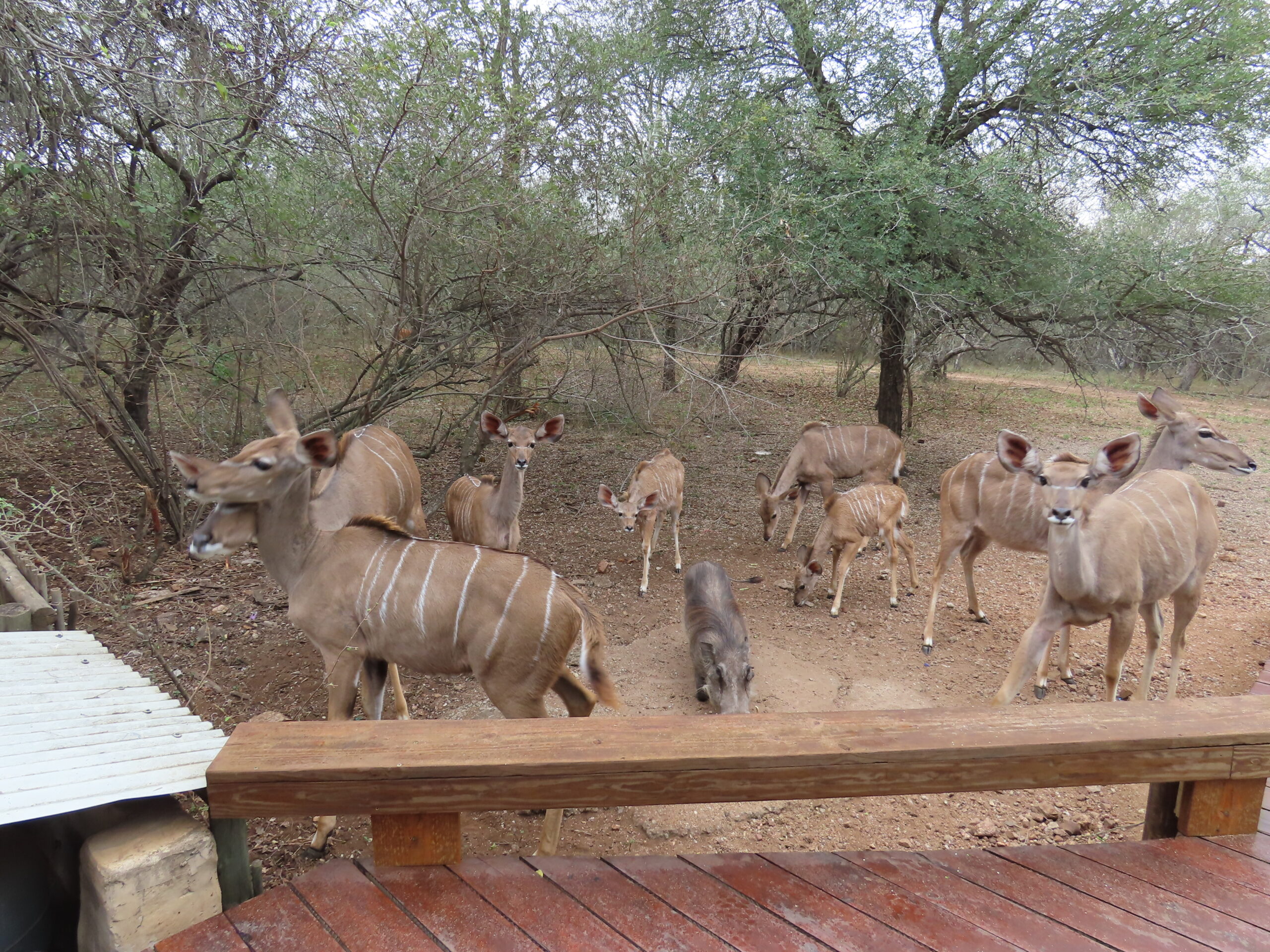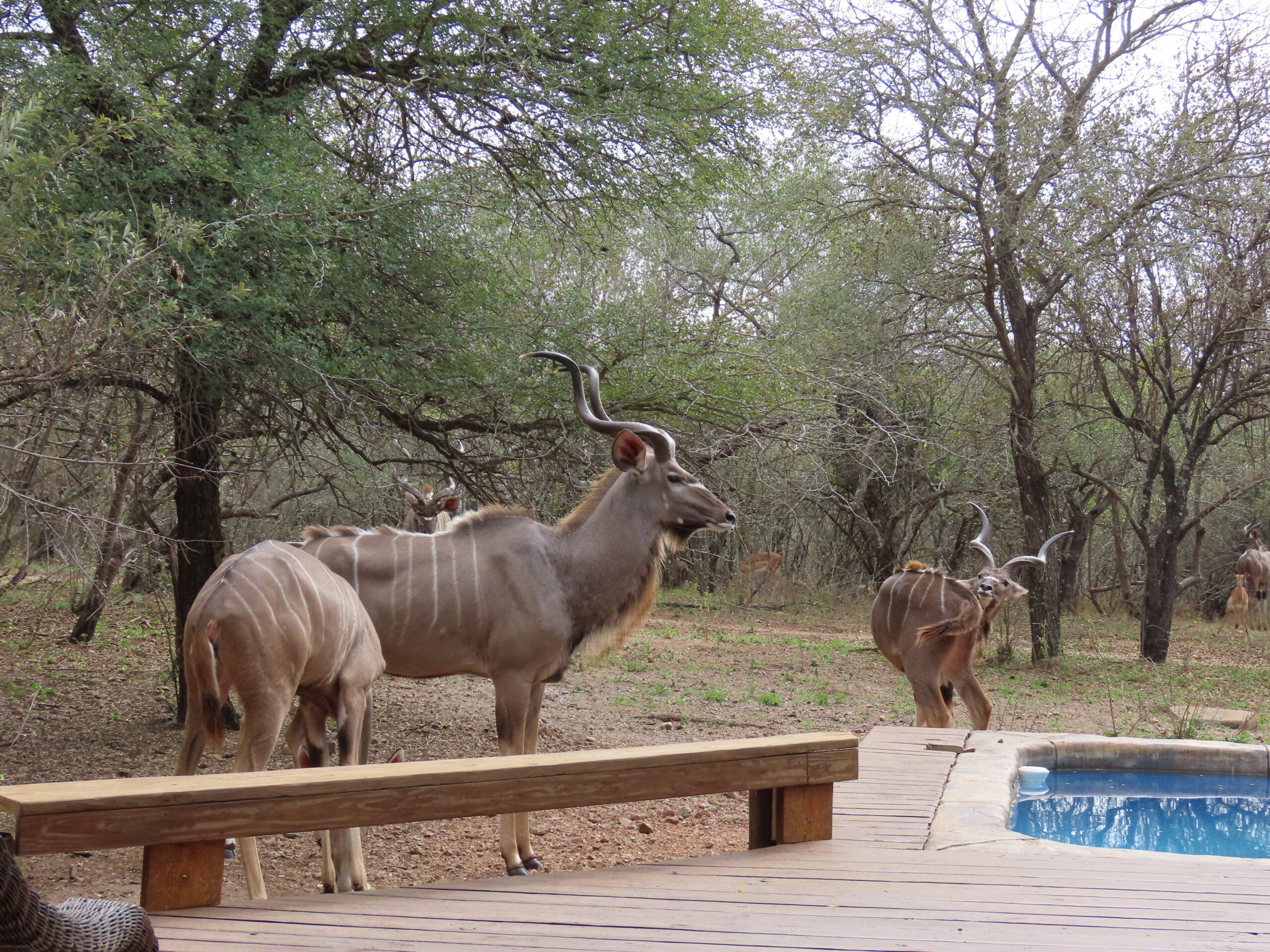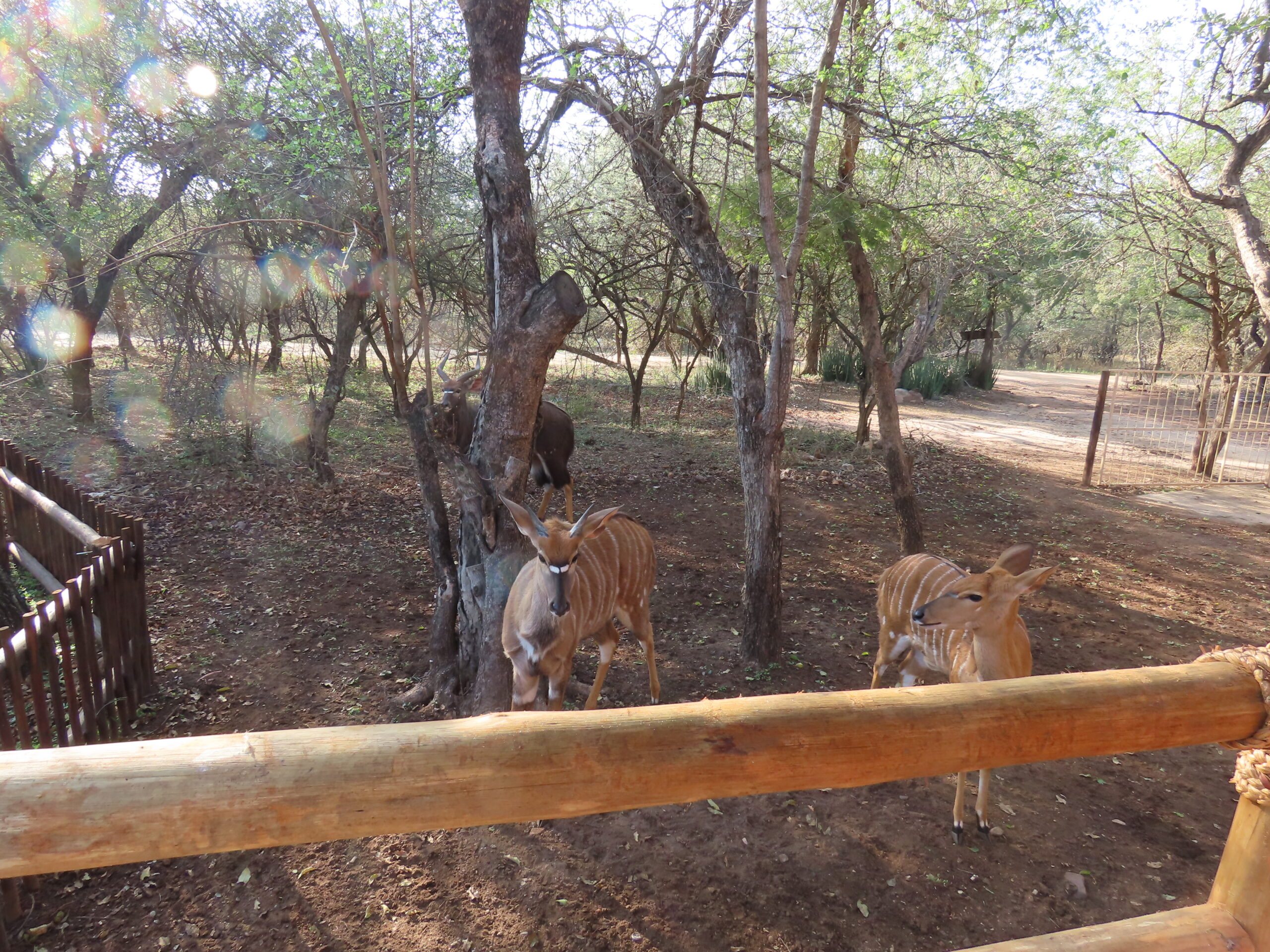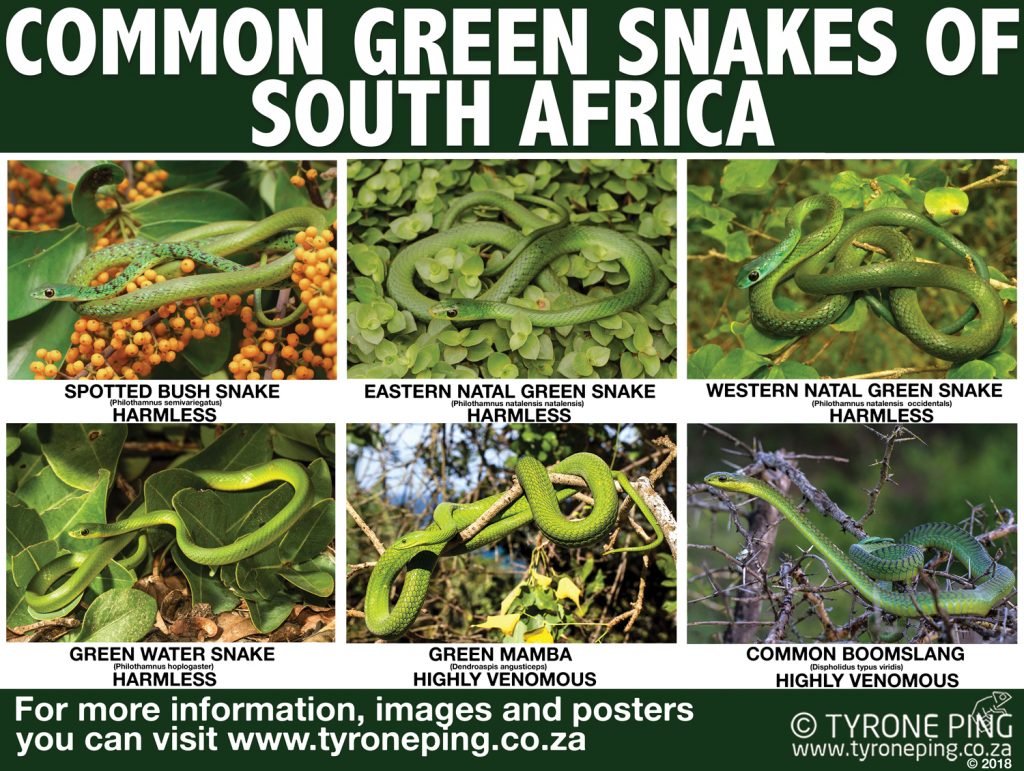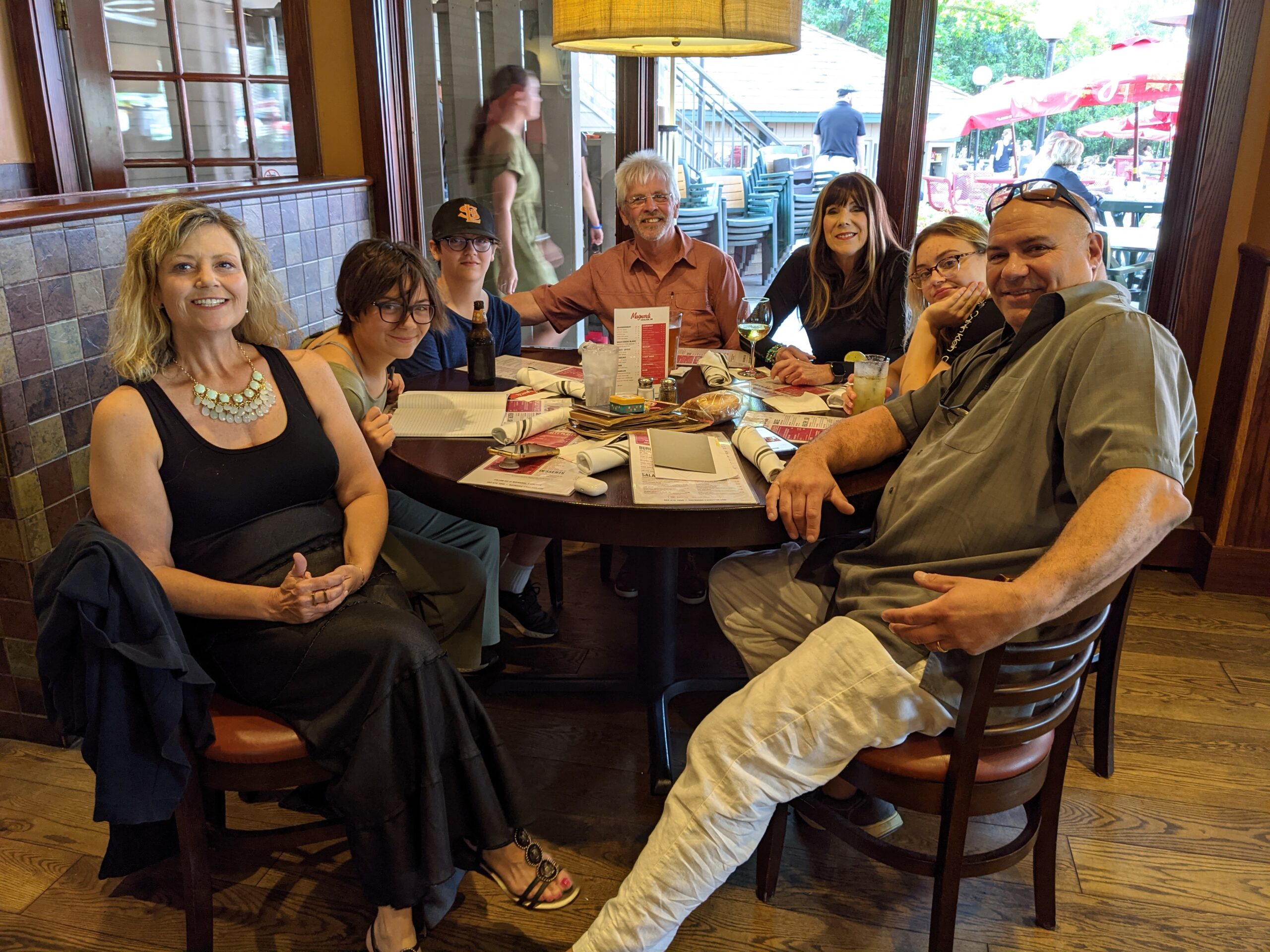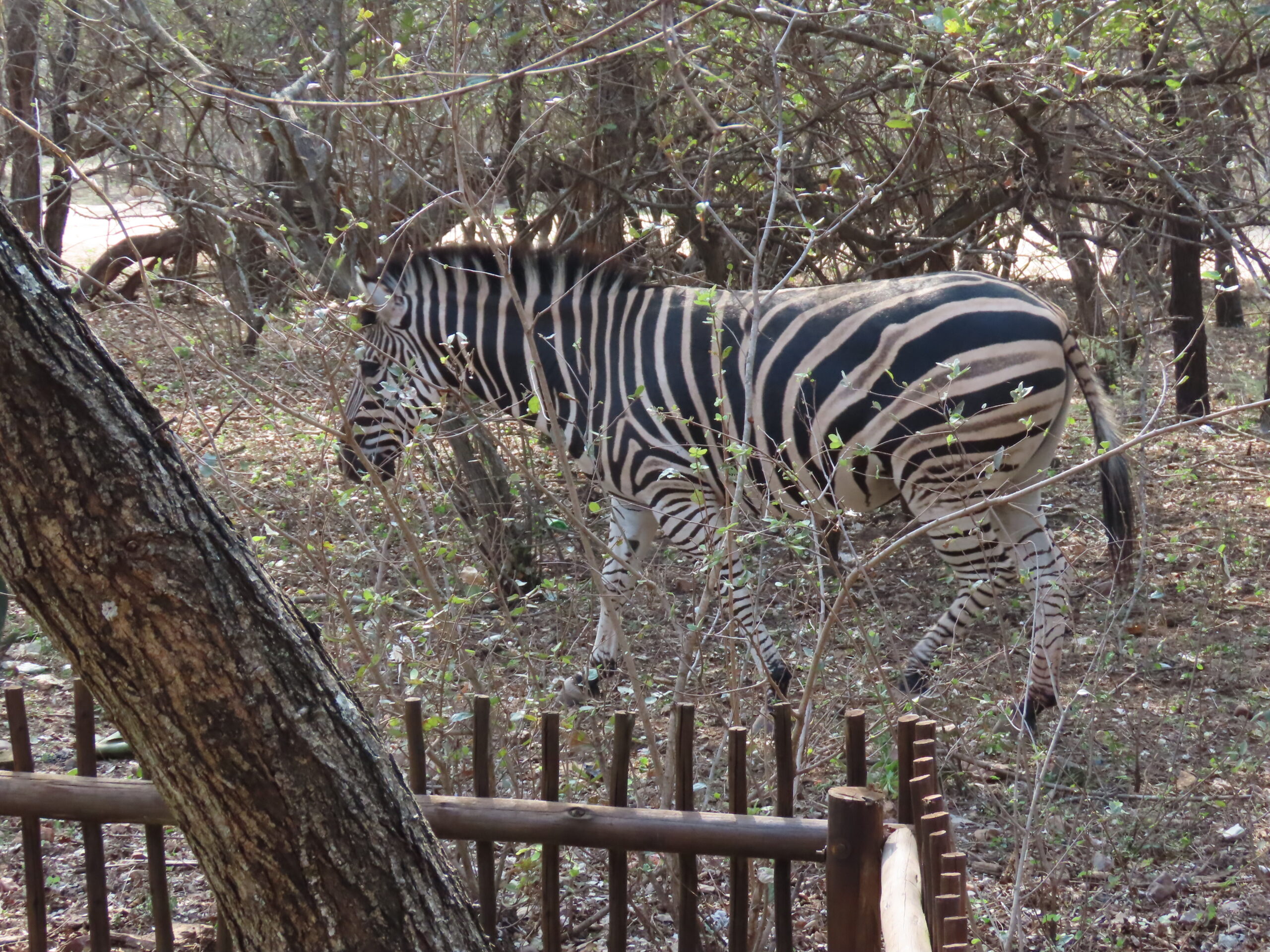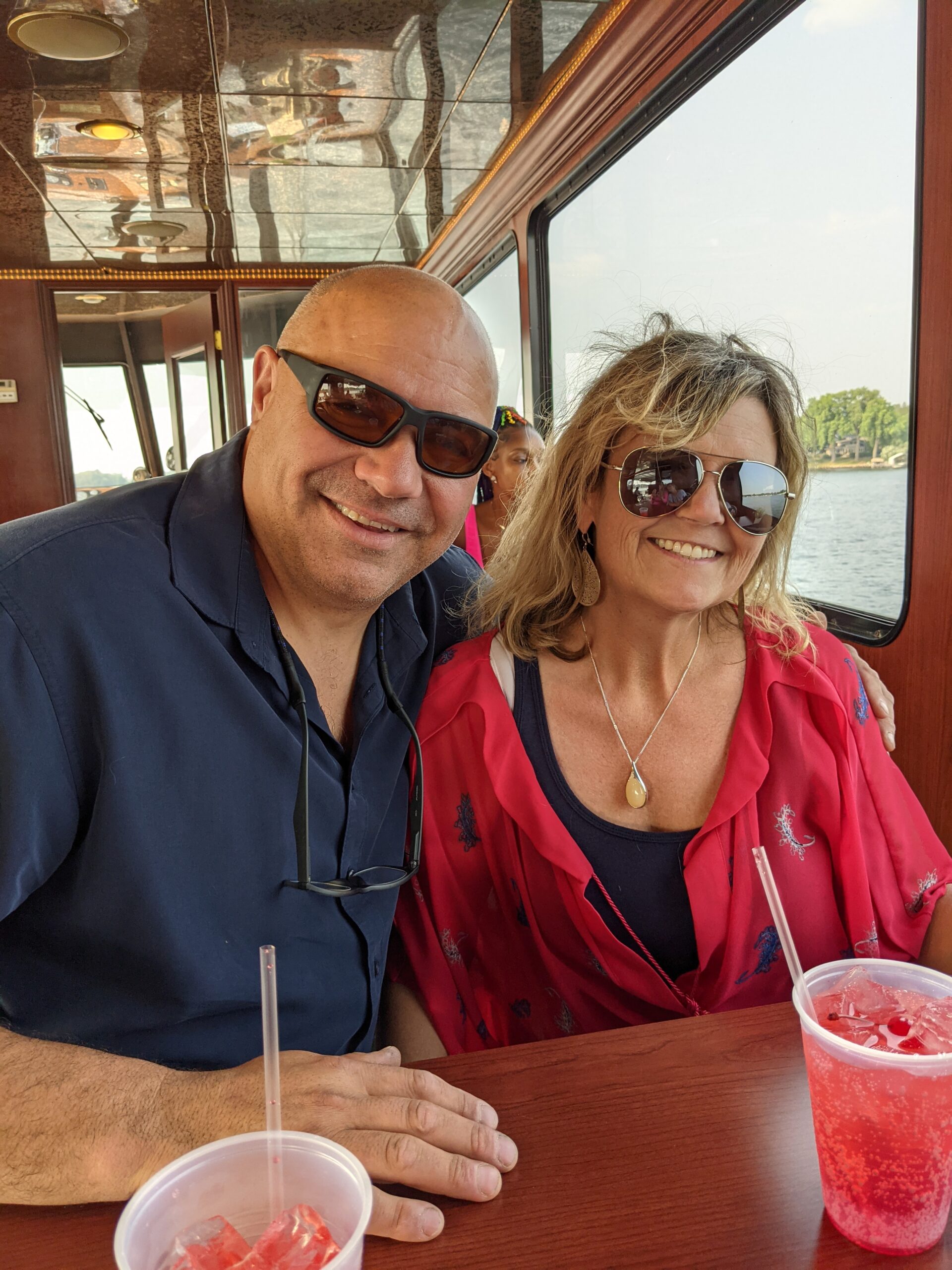
I realize this article is very long and may be hard for many to read. But, it is interesting and can give us a great perspective of our earth, its majesty, and its risks. No doubt, I hesitated to copy and paste the length of this article as it continues from where we left off at the bottom of today’s post. But, many may find it interesting. I did not edit the spelling and grammar and copied it exactly as I found it.
Today, we headed to Kruger National Park when the WiFi was out this morning. It was cloudy with the possibility of rain, but we decided to go regardless. We had to enter the office at the entrance at Crocodile Bridge since our former WildCard had expired in April, and it was time to renew the annual pass. The cost for the new one-year WildCard was ZAR 5345, US$311.
The enjoyment we get freely going in and out of the national park is well worth the cost. Once the pass was issued, we entered the park and had one of the most fantastic and rewarding self-drive safaris we’ve had to date. We can’t wait to share our photos in tomorrow’s and future day’s posts. Please check back tomorrow!!
Here is the continuation of this story about the Earth from this site.
“They owe it all to the Raikoke volcano.
Luckily, the volcano causing this beautiful sight was the Raikoke volcano. This specific beast is located on the Kuri Islands off the coast of Japan and is an entirely uninhabited area. There were no people that could be hurt by this eruption.

This volcano is part of the infamous Ring of Fire and has erupted twice in the past – the first time in 1778 and once again in 1924. This relatively small volcano was making a lot of commotion.
Their photos can lend a hand to NASA’s projects unlike anyone else
The astronauts aboard the International Space Station took the photos of the event and made quick work of sending them down to Earth in order to report it and also share the stunning views that they were seeing.

The photos were shared by space fanatics all around the globe. The images that the team captures over the years are also a possible helping hand in some of NASA’s future projects. They have viewing capabilities unlike anyone in the world, so they are able to monitor unlike anyone as well.
NASA is studying a post-apocalyptic scenario
NASA is best known for its abilities to send satellites and astronauts into space. So, would it be surprising to learn that they have a team of scientists working on a model of a post-apocalyptic New York City?

They are studying this model seriously, not in the least bit jokingly or as a side project. NASA is not known for being forthcoming when it comes to information and reasoning for projects, so this one is that much more ominous.
Air Force veteran and NASA recruit is convinced about the end of the world
Lindley Johnson is the man behind the study of this peculiar model. He was with the Air Force for 23 years and joined NASA in 2003. He has always been a practical man, but the fascination and belief of the end of the world has been a significant driver for him to study the possibilities.

He has been fixated on the end of the world for as long as he could remember. What he has to say is pretty convincing.
He is NASA’s Planetary Defense Officer
However, he is no crazy man. He is not talking about some dramatic apocalypse like you would see in a movie or television show. He is discussing it from an analytical standpoint. Lindley hold the position of Planetary Defense Officer at NASA (yes, that is an actual position).

He is therefore given all of the information that us civilians are not privy to, and knows what he speaks of when he talks and warns about the end of the world.
Lindley protects the Earth from space rocks
Lindley’s job is not to concern himself with how good of a job we humans are doing to ruin our own planet and endangering ourselves, he is rather more focused towards space and the amount of debris that can come in Earth’s direction and become a real threat.

The majority of the meteorites that head towards Earth are microscopic or small enough not to matter, but there are those that can be a real issue. It’s Lindley’s job to protect Earth from space rocks.
The likelihood of an asteroid hitting Earth
If an asteroid was speeding its way towards Earth and was the size of several football fields in diameter, it would most likely hit some form of ocean since the Earth is 71 percent of that makeup.

However, Lindley is not working on probability – he wants exact numbers and is not relying on luck here. The amount of threats from space are many fold, the amount of credible end of the world threats are not as common. Still, it takes just one to make it all disappear.
This is why they do their hypothetical studies
This is exactly why NASA and Lindley’s team do the hypothetical studies in regards to possible large asteroids hitting urban areas, such as New York City. Historically, thousands of years separate each massive catastrophe such as an asteroid from the other.

However, Lindley is not taking any chances and wants to be prepared in the event that they are wrong about timing, or that time finally does come. There is no scenario that a whole city is removed from the map that is okay by him.
Earth is littered with past collisions
There are many places on Earth that showcase the kind of destruction a collision with a large space rock can do. Earth is littered with craters and canyons that happened as a result of such events.

NASA is not going to allow Midtown Manhattan to become a crater like this one. However, they are looking into true scenarios where this could happen, and if so, how far the damage from such a collision would spread. It is not an easy model to analyze.

Congress finally understood just how important Lindley’s work is
Lindley and his colleagues have been working on this vital model for many years, and have been doing so on a very small budget. In 2015, however, everything changed when they were able to convince Congress about how important their work really is.
A convinced Congress beefed up Lindley’s budget and yearly spending power from their measly $5 million per year, to $50 million. That is the kind of budgetary lift that they needed to make even more projections.
Lindley and his team work on threats we never hear about
Now that he had more financial resources, Lindley was able to expand his team and research and get a better handle on what he is sure to be a galactic threat.
He and his team at NASA put together an arsenal of collected data and created high-end technology to make sure any astroid on its way to Earth that could possibly be a threat, be dealt with and kept away. That kind of work is not spoken of often; we never hear about the threats we almost face.
He knew what to do to keep an asteroid from hitting Earth
NASA keeps the information to the public at a minimum in order to prevent any sort of chaos. They have, however, documented more than 2,000 asteroids around our solar system who would have had the capacity – if came into Earth atmosphere – to decimate a whole continent.
When such a threat is imminent, Lindley knows that blowing up the space rock would cause a lot of fallout, so he and his team had other ways to deal with such a nuisance.
Using unmanned spacecrafts to push the asteroid in a different direction
The most efficient and promising way of redirecting asteroids seems to be by the use of kinetic impactors. These are unmanned spacecrafts that would purposely collide with the asteroid at an incredibly high speed, forcing it to change its trajectory and change course away from Earth.

For lack of a better analogy, it is pretty much like playing space billiards, just with all of our lives at stake. The destruction of the kinetic impactors is unquestionable, but that is the whole point of it.
Lindley doesn’t believe that landing on an asteroid would work
If this sounds familiar, it probably has to do with the fact that Hollywood loves to make films about possible end of world scenarios at the hand of giant asteroids.
Lindley takes offense with the Hollywood blockbuster film Armageddon, as he does not agree with the course of action of landing on an asteroid and drilling a bomb into it. While that is not the best course of action, NASA has not removed it as an option altogether should the need arise.
They simulate complicated asteroid landings anyway
Astronauts have to go through a lot of mental and physical training before they are sent into space. Among their many training courses, they are taught how to handle complex landings on asteroids.

No one in history has ever attempted such a thing, but they simulate it as best they can. NASA sees such a scenario more for the collection of samples than for the explosion of an asteroid. However, having these skills may prove to come in very handy.
NASA has more eyes in the sky now
NASA has kept their simulated scenarios sharp as they train for future possibilities, but they have also added more resources, financial and time, to their more experience-based handling of asteroid prevention.

For example, they have installed additional orbital telescopes so that they can have a better view to monitor space activity in case some form of large space rock decides to make its way too close to Earth. Everything is about being prepared and knowing what is coming their way.
First the asteroids need to be detected
The most important part of all of this is the ability to see far enough into space to spot these asteroids before they even get somewhat close to Earth. The majority of the deflection techniques that were Lindley’s specialty, take several months to years to be put into proper place. 4
Therefore, the first step is the kind of technology that will detect an asteroid years from its possible collision with Earth. NASA is not working on this mission alone, thankfully.
Lindley is working with FEMA to prepare
Lindley and his team worked closely with the Federal Emergency Management Agency (FEMA), to prepare for such possible damage from a collision with a space rock. Lindley said, “They are a great way for us to learn how to work together and meet each other’s needs.”
The two need to work together to detect and then react should there be a need to get people out of harms way, come to their aid when their area is hit, or the many other possible scenarios they are working with.
Lindley got several world organizations to work together
Lindley organized a conference in 2019 that included the International Asteroid Warning Network, and the European Space Agency. He knew that they needed to work together to make his plan a reality as they each had something the other needed.
Each of these organizations, Lindley representing NASA, have eyes in space and together, they are able to have a broader and deeper look at the sky. He was thinking outside of the box, just like a wise scientist and engineer would.
Lindley is ruining every doomsday preppers plans
The likelihood of such a drastic event such as an asteroid hitting Earth is so minimal, but there are those who are making sure that if it does happen, they are ready to go with provisions for years.
These individuals are called doomsday preppers, and they are impressive rooms and technology (low-tech for that matter) to ensure their survival. We don’t mean to ruin these people’s plans, but if Lindley has anything to do with it, they will never need to use any of that.
Photo from one year ago today, July 21, 2021:
